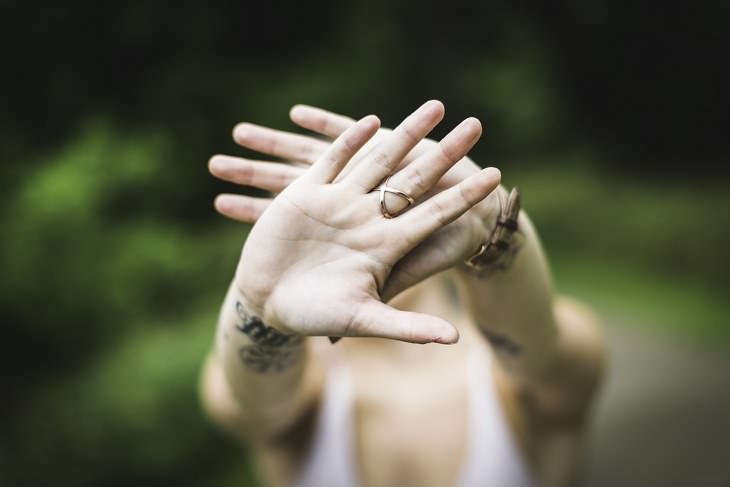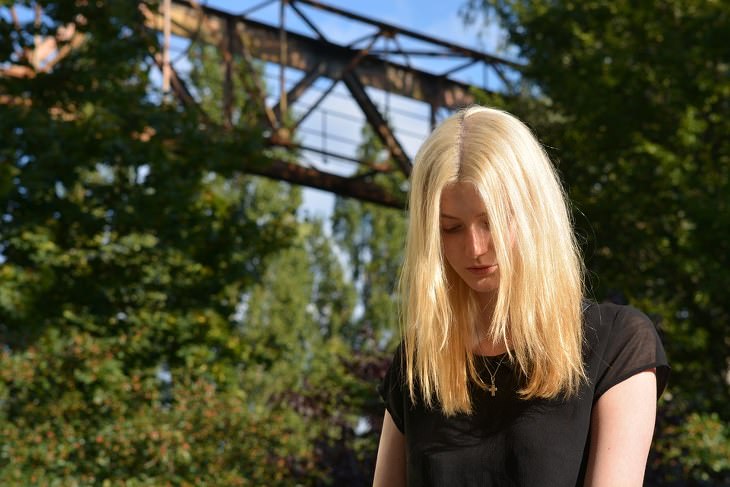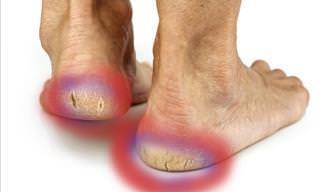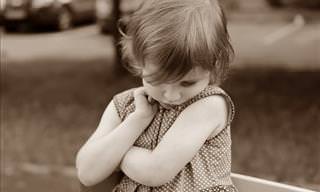Childhood is the period when a person's social skills develop in preparation for adolescence and adulthood. Children with SAD often fail to develop adequate social behaviors. As they grow older, they might become used to having social fears and end up creating a life based on avoidance.
Social anxiety disorder is able to have a terrible impact on a person's education, financial independence, career success, and relationships. In many cases, it can lead to an isolated lifestyle, rife with depression or substance abuse. On the bright side, around 70% of SAD cases have been successfully treated, so there is plenty of hope for sufferers.

The bad news is that social anxiety disorder is commonly dismissed as extreme shyness. Researchers have found that even though symptoms usually start in childhood, most sufferers never receive help and those who do wait around 14 years before doing so. The main reason for this is that most sufferers don’t even realize that they have a recognized psychiatric condition.
In general, the main symptoms that distinguish SAD from shyness are the level of avoidance, the impairment of functioning that it causes in a person’s life, and the intensity of the fear that accompanies it. People with SAD don’t just feel nervous about things, but worry about them for weeks or months beforehand, have intense symptoms of anxiety, such as loss of sleep, shortness of breath, sweating, or shaking, and usually get worse as time goes by.

Your doctor may conduct an in-depth interview to work out whether or not you meet the criteria for a diagnosis of SAD. However, as an initial step, he or she may have you complete a screening measure to determine the need for a more thorough follow-up evaluation. There are a number of tests available, but the most common one is the “Mini-SPIN” (Mini-Social Phobia Inventory), which requires participants to rate how true these three statements are from 0 to 4, where 0 is “not at all” and 4 is “extremely present,” so that a diagnosis can be made:
1. I avoid activities in which I am the center of attention.
2. Fear of embarrassment causes me to avoid doing things or speaking to people.
3. Being embarrassed or looking stupid are among my worst fears.

If you think that your shyness could actually be SAD, it is essential to make an appointment with a doctor or mental health professional before it is too late. Leaving symptoms untreated for too long might worsen your condition and may even lead to additional problems, such as substance abuse or depression. Conversely, treatment options such as cognitive-behavioral therapy (CBT) and certain kinds of drugs are available and have been proven to effectively help with social anxiety disorder.
 Go to BabaMail
Go to BabaMail




























